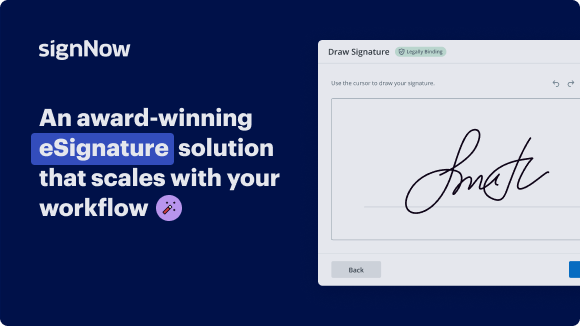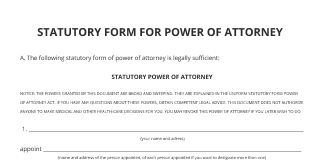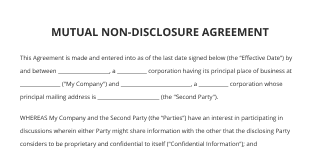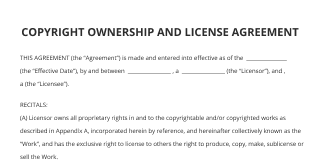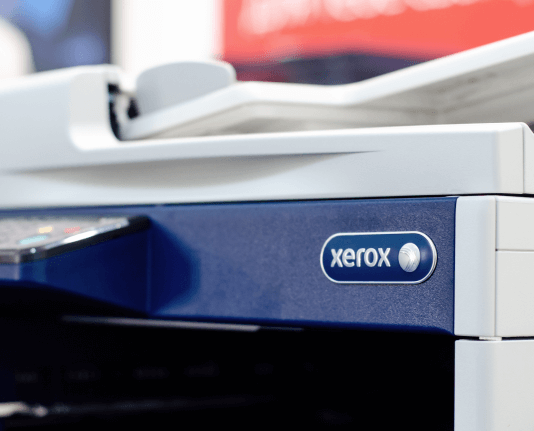Understanding Sales Invoice Vs Delivery Receipt for Your Business Needs
Move your business forward with the airSlate SignNow eSignature solution
Add your legally binding signature
Integrate via API
Send conditional documents
Share documents via an invite link
Save time with reusable templates
Improve team collaboration
See airSlate SignNow eSignatures in action
Understanding the Differences Between Sales Invoices and Delivery Receipts
Sales invoices and delivery receipts serve distinct purposes in the transaction process. A sales invoice is a formal request for payment issued by a seller to a buyer. It outlines the products or services provided, their quantities, prices, and the total amount due. This document is essential for record-keeping and financial tracking.
On the other hand, a delivery receipt is a document that confirms the receipt of goods by the buyer. It typically includes details about the items delivered, their condition upon arrival, and the date of delivery. This receipt acts as proof that the buyer has received the goods as agreed, which is crucial for inventory management and dispute resolution.
Key Components of a Sales Invoice
A sales invoice typically includes the following elements:
- Invoice Number: A unique identifier for tracking the invoice.
- Seller Information: Name, address, and contact details of the seller.
- Buyer Information: Name, address, and contact details of the buyer.
- Itemized List of Products/Services: Description, quantity, unit price, and total price for each item.
- Total Amount Due: The overall amount the buyer needs to pay.
- Payment Terms: Information about due dates and acceptable payment methods.
Key Components of a Delivery Receipt
A delivery receipt generally contains the following information:
- Receipt Number: A unique identifier for the delivery.
- Delivery Date: The date when the goods were delivered.
- Sender Information: Name and address of the seller or shipping company.
- Recipient Information: Name and address of the buyer.
- List of Delivered Items: Description and quantity of goods received.
- Condition of Goods: Notes on the state of the items upon delivery.
When to Use a Sales Invoice
Sales invoices are essential for businesses when they sell products or services. They should be issued at the point of sale or shortly thereafter, particularly for credit sales where payment is expected at a later date. This document ensures that both parties have a clear understanding of the transaction details, which aids in financial management and tax reporting.
When to Use a Delivery Receipt
Delivery receipts are typically used when goods are physically delivered to the buyer. They serve as proof of delivery and should be signed by the recipient to confirm that the items were received in good condition. This document is vital for logistics and inventory control, helping businesses track their shipments and manage returns or disputes effectively.
Importance of Both Documents in Business Transactions
Both sales invoices and delivery receipts play crucial roles in the business transaction process. While the sales invoice ensures that the seller gets paid for their goods or services, the delivery receipt provides assurance that the buyer has received what they ordered. Together, these documents help maintain accurate records, facilitate smooth transactions, and support financial accountability.
airSlate SignNow solutions for better efficiency
Our user reviews speak for themselves






Why choose airSlate SignNow
-
Free 7-day trial. Choose the plan you need and try it risk-free.
-
Honest pricing for full-featured plans. airSlate SignNow offers subscription plans with no overages or hidden fees at renewal.
-
Enterprise-grade security. airSlate SignNow helps you comply with global security standards.

Invoice for sales versus receipt of delivery: Grasping the distinctions
In the realm of business transactions, it is vital to distinguish between an invoice for sales and a receipt of delivery. While both papers are essential in the sales framework, they fulfill different roles. This guide aims to assist you in comprehending how to utilize airSlate SignNow to optimize your document signing workflow.
Invoice for sales versus receipt of delivery: A step-by-step manual for using airSlate SignNow
- Launch your internet browser and head over to the airSlate SignNow homepage.
- Sign up for a complimentary trial account or log in if you already possess one.
- Choose the document you want to sign or distribute for signatures and upload it.
- If you intend to utilize this document repeatedly, transform it into a reusable template.
- Open your uploaded document and make necessary alterations, such as adding fillable fields or including specific details.
- Affix your signature to the document and assign signature fields for the recipients.
- Click 'Continue' to set up and send an eSignature request.
airSlate SignNow provides a robust answer for businesses seeking to improve their document management systems. With its intuitive interface and affordable pricing, it offers outstanding value for your expenditure.
Discover the advantages of airSlate SignNow today and streamline your document signing procedure. Initiate your free trial now!
How it works
airSlate SignNow features that users love
Get legally-binding signatures now!
FAQs
-
What is the difference between delivery and invoice?
The main difference between invoice and delivery note is that the invoice has to justify the payment of the operation, while the delivery note does not. -
Which comes first, an invoice or a delivery order?
When Should You Issue an Invoice? An invoice should be issued when the vendor (or supplier) has completed a customer's order. The order could be for products, services, or both. For a business that's providing a product, usually an invoice will be generated shortly after delivery. -
What is the difference between a sales invoice and a receipt?
An invoice is not a receipt and the key difference between the two is that an invoice is issued before payment as a way of requesting compensation for goods or services, while receipts are issued after payment as proof of the transaction. An invoice tracks the sale of a business's goods or services. -
Does invoice mean delivered?
Invoices vs purchase orders In the order of the sale, purchase orders are sent first as a record of what the buyer is requesting, with invoices typically sent after goods or services are delivered, requesting payment for what's been provided. -
Is a delivery order an invoice?
A delivery order is a document that a supplier gives you when they send your ingredients. It lists all the items that were ordered and delivered. This document is not the same as an invoice. The delivery order only confirms what has been sent, while the invoice tells you how much you need to pay. -
What is the difference between a delivery note and a sales invoice?
At first glance, an invoice and a delivery note may seem very similar documents. However, their functions and content are different. The main difference is that an invoice is a document of accounting and settlements, while a delivery note is a document of goods movement. -
What is the difference between invoice and delivery?
The main difference between invoice and delivery note is that the invoice has to justify the payment of the operation, while the delivery note does not. The delivery note only justifies the receipt of the product or service, not that it has been paid for.
What active users are saying — sales invoice vs delivery receipt
Related searches to Understanding sales invoice vs delivery receipt for your business needs
Get more for sales invoice vs delivery receipt
- Invoice Template Notion for Businesses
- Invoice template notion for corporations
- Invoice Template Notion for Enterprises
- Invoice template notion for small businesses
- Get the Best Invoice Template Notion for Teams
- Invoice template notion for organizations
- Invoice Template Notion for NPOs
- Invoice template notion for non-profit organizations
Find out other sales invoice vs delivery receipt
- Boosting online signature legitimateness for small ...
- Unlock Online Signature Legitimateness for Small ...
- Boost Your Team's Efficiency with Online Signature ...
- Unlocking Online Signature Legitimateness for Teams in ...
- Boosting Online Signature Legitimateness for Teams in ...
- Online Signature Legitimateness for Teams in European ...
- Enhance Online Signature Legitimateness for Teams in ...
- Unlock the Power of Online Signature Legitimateness for ...
- Boost Your Team's Efficiency with Online Signature ...
- Enhance online signature legitimateness for ...
- Enhance Your Business with Legitimate Online Signatures ...
- Unlocking the Power of Online Signature Legitimacy for ...
- Unlock the Power of Online Signature Legitimateness for ...
- Unlock Online Signature Legitimateness for ...
- Enhance your document workflow with online signature ...
- Boost online signature legitimacy for organizations in ...
- Unlock Online Signature Legitimateness for NPOs in ...
- Unlocking Online Signature Legitimateness for ...
- Unlock the Legitimacy of Online Signatures for NPOs in ...
- Unlocking Online Signature Legitimateness for ...




